
Become a member
Join today and help protect nature, beauty and history – for everyone, for ever. Enjoy access to more than 500 places with National Trust membership.
A garden lovers' home for all seasons, with an extensive yet intimate garden set around a romantic house and ruins.
Handcross, near Haywards Heath, West Sussex, RH17 6EB
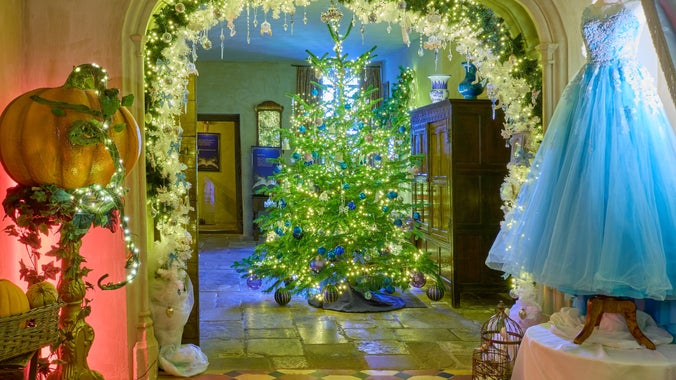
Discover natural play in the Play Glade, activities and events in the school holidays and an ancient woodland and garden to discover. Picnic anywhere in the garden, or pick up a snack from the cafe or kiosk. Baby change available by the house and in the cafe and car park.
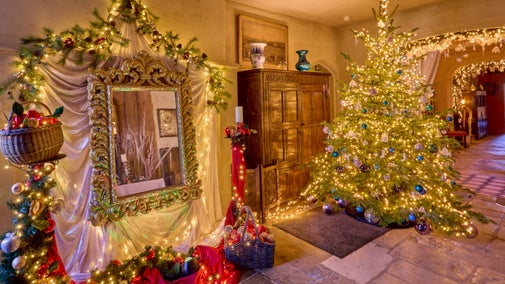
Keep up to date with everything going on at Nymans, from events and activities, to free guided tours.
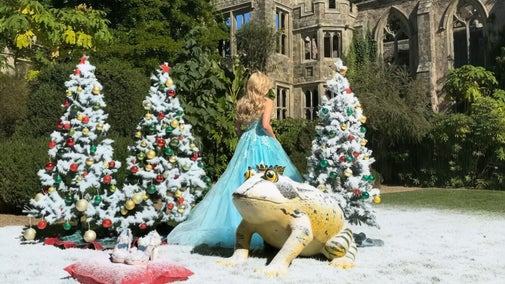
Between 1.30pm and 4pm each day until Sat 31 Jan 2026, dogs are welcome in the garden. When visiting the woods, please keep dogs on leads and stay on paths to protect nesting birds. Nymans is a one pawprint rated place.
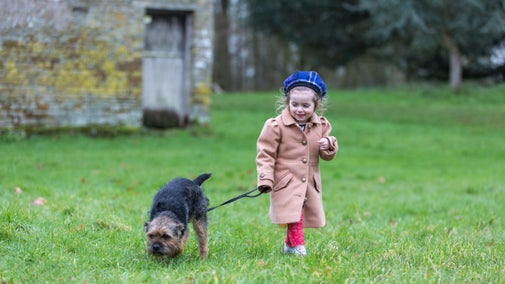
Find out how to get the most from your group visit to the stunning country house and gardens at Nymans in West Sussex, as well as how to book and what to expect. Guided tours of the garden may be available if booked in advance, please mention when you make your initial enquiry. To chat through your group visit please drop us a line at nymans@nationaltrust.org.uk or give us a call on 01444 405250.

Find your way round the estate at Nymans with this downloadable map. See where to find the house and gallery, shop, cafe and toilets and which direction to take when setting off for a woodland walk.
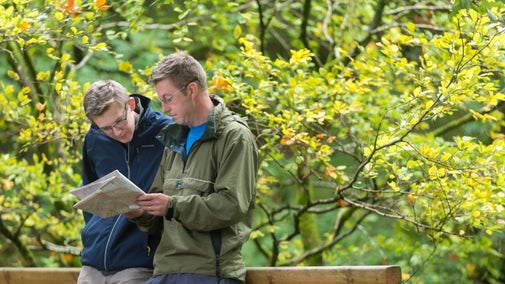
Sometimes it's the little things that make the best family memories, like building a den, spotting a red kite and having an ice cream at the end of a family walk. Our new family maps are free to pick up when you arrive at Nymans and explain exactly how hop, totter or dash over to the Play Glade and more.

Welcome to Nymans in West Sussex, where the atmospheric house and ruins provide the perfect backdrop to our romantic Loggia and surrounding Sunk Garden where your ceremony will take place. It's the perfect setting for a memorable, stylish and unique wedding. To arrange a viewing, please call 07732 063906 or email sophie.sherriff@nationaltrust.org.uk


Join today and help protect nature, beauty and history – for everyone, for ever. Enjoy access to more than 500 places with National Trust membership.